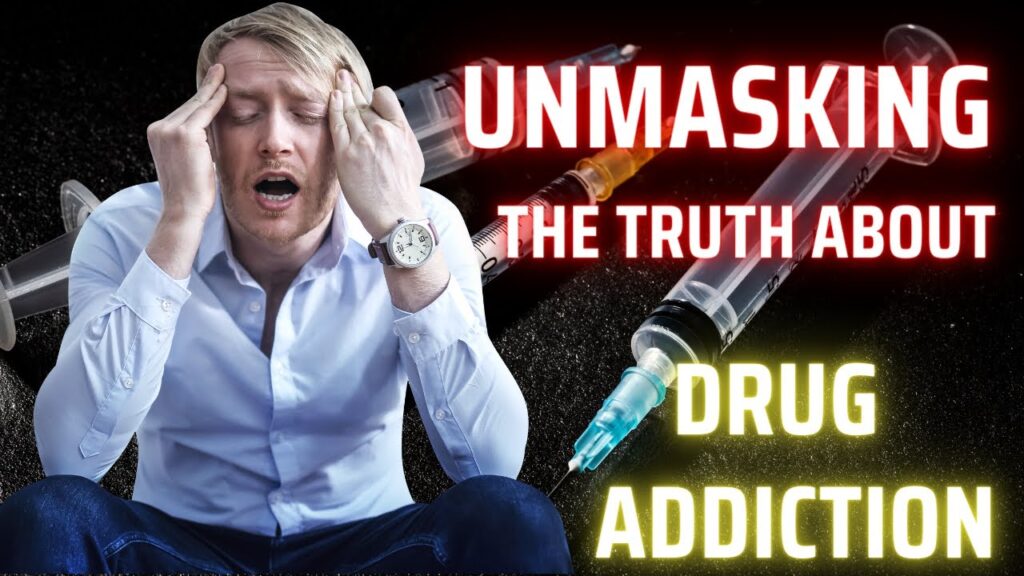
Addiction is often described as a disease that does not discriminate, affecting individuals across all walks of life. Yet, while the nature of addiction may be universal, its impact is profoundly personal, leaving visible and invisible scars on those who suffer. Substance abuse, whether it involves alcohol, prescription drugs, or illicit substances, takes a toll on both the body and mind, unmasking the harsh realities of addiction. Understanding the dual nature of these effects is key to addressing the problem and supporting recovery.
The Visible Toll of Addiction
The physical consequences of substance abuse are often the first to be noticed, as addiction wreaks havoc on the body over time. The face, often referred to as the “window to health,” becomes a canvas for the damage caused by drugs and alcohol. Weight loss, gaunt features, and dark circles under the eyes are common signs. Many drugs suppress appetite, leading to malnutrition and emaciation, while alcohol abuse can cause bloating and a flushed, unhealthy complexion.
Certain substances have distinct physical effects. Methamphetamine use is notorious for causing severe dental decay, known as “meth mouth,” along with open sores and scarring on the skin due to compulsive picking. Cocaine use can erode the nasal septum, while heroin injections often leave track marks and scarring on the skin. Chronic alcohol abuse can lead to jaundice—a yellowing of the skin and eyes—caused by liver damage.
Over time, these visible signs of addiction not only reflect physical health decline but also contribute to social stigma, isolating the individual further and deepening the cycle of substance use.
The Invisible Toll of Addiction
While the visible effects of addiction are striking, the invisible toll it takes on mental health is equally devastating. Addiction alters brain chemistry, affecting areas responsible for decision-making, memory, and emotional regulation. What begins as a voluntary act of using a substance becomes a compulsion, driven by changes in the brain’s reward system.
Mental health disorders such as depression, anxiety, and paranoia often accompany addiction. Stimulants like cocaine and methamphetamine can lead to psychosis, hallucinations, and extreme paranoia. Depressants, such as opioids and alcohol, exacerbate feelings of sadness and hopelessness, creating a dangerous loop where individuals use substances to escape emotional pain, only to find their mental health worsening over time.
Beyond the psychological effects, addiction also erodes personal relationships, careers, and financial stability, creating a sense of despair and isolation. For many, the shame and guilt of their addiction become overwhelming, making it difficult to seek help.
Breaking the Cycle
The dual impact of addiction—visible and invisible—makes recovery a complex but achievable journey. Effective treatment addresses both physical health and mental well-being, focusing on detoxification, counseling, and long-term support. Recognizing the invisible pain behind the visible symptoms of addiction is vital for fostering empathy and encouraging individuals to seek help without fear of judgment.
Conclusion
Unmasking addiction reveals the dual toll it takes on individuals, both seen and unseen. The physical changes may be the most apparent, but the internal struggles are just as profound. By addressing addiction holistically, offering compassion, and supporting recovery efforts, we can help individuals rebuild their lives and heal from the visible and invisible scars of substance abuse.